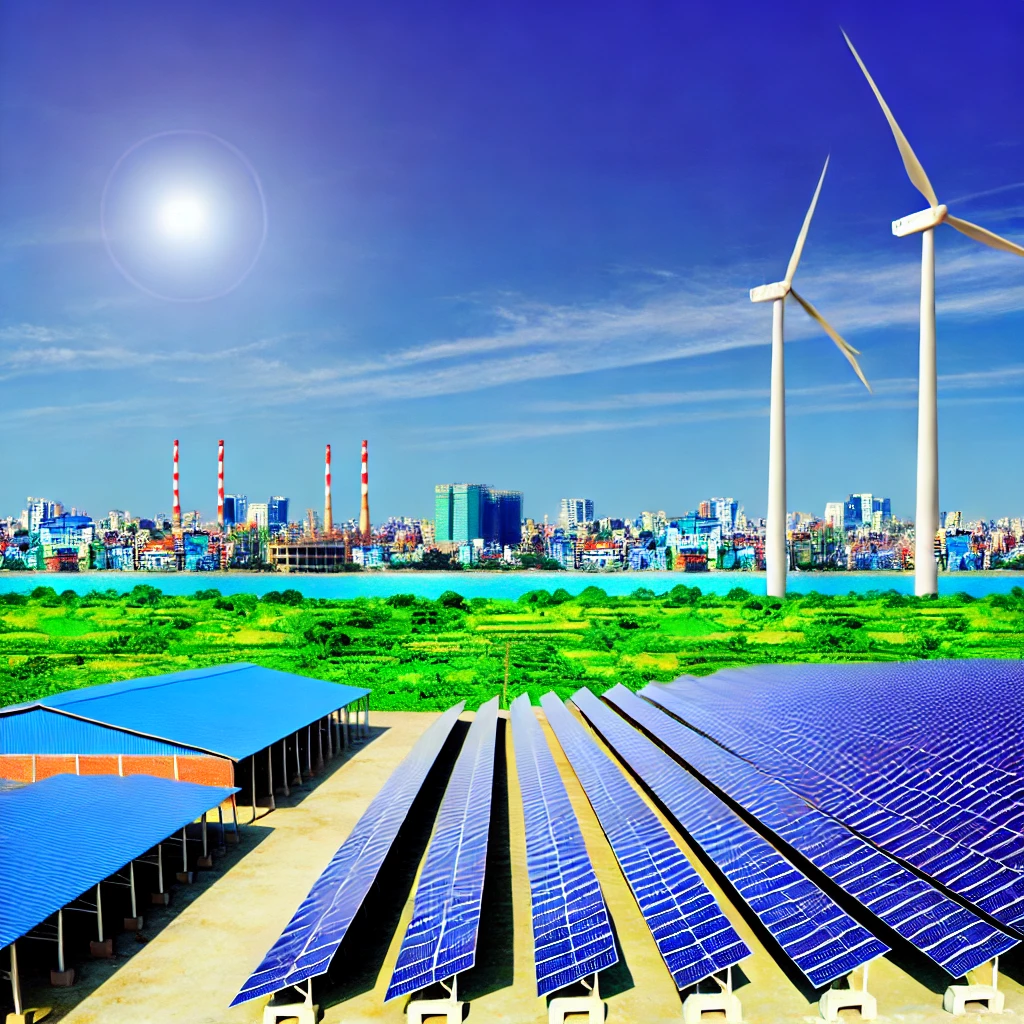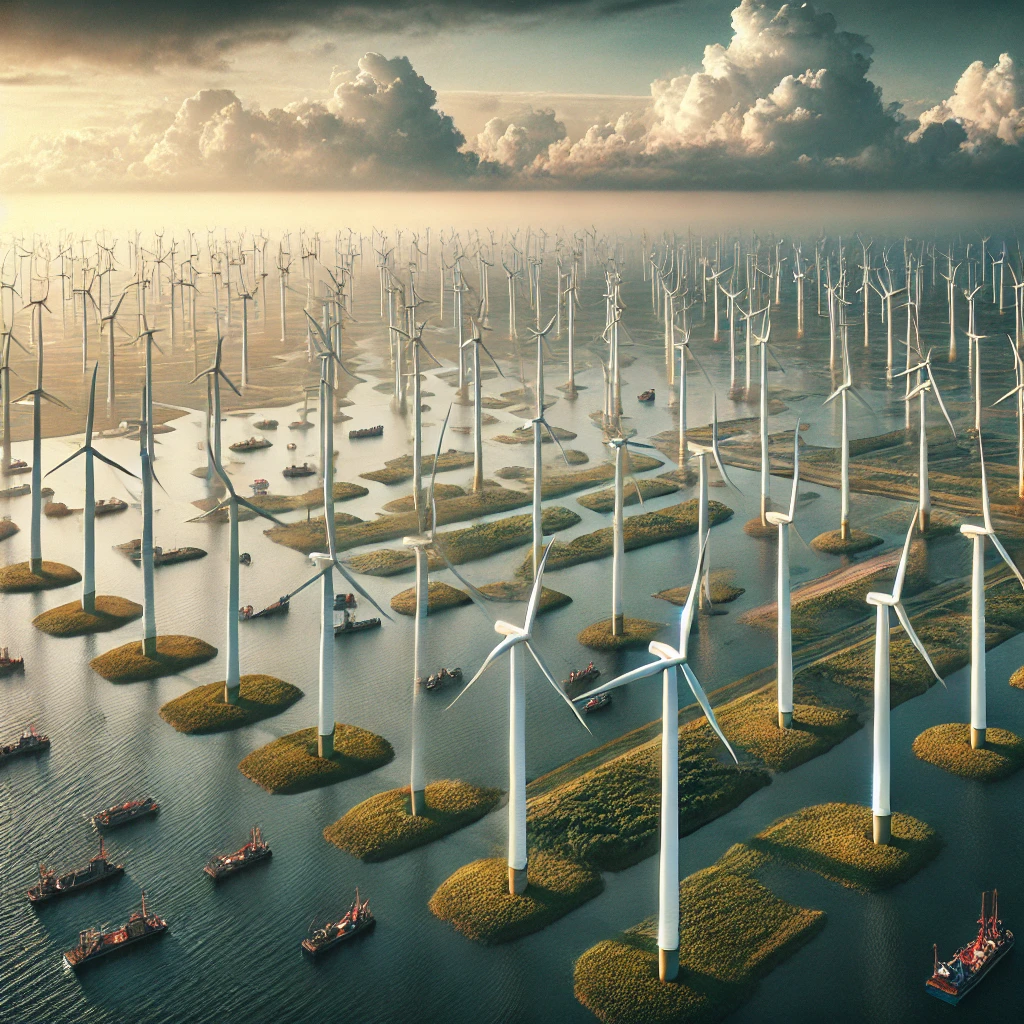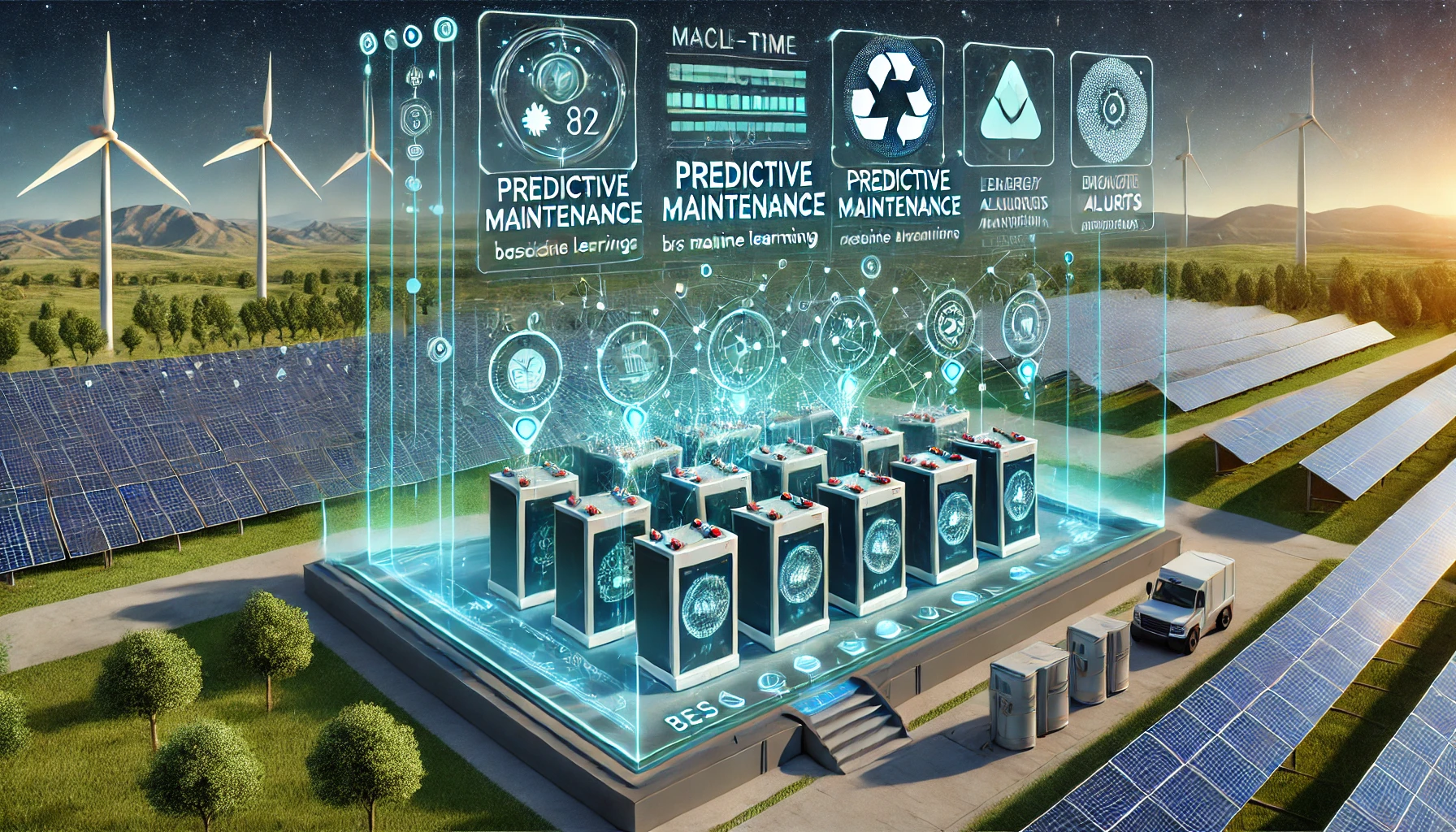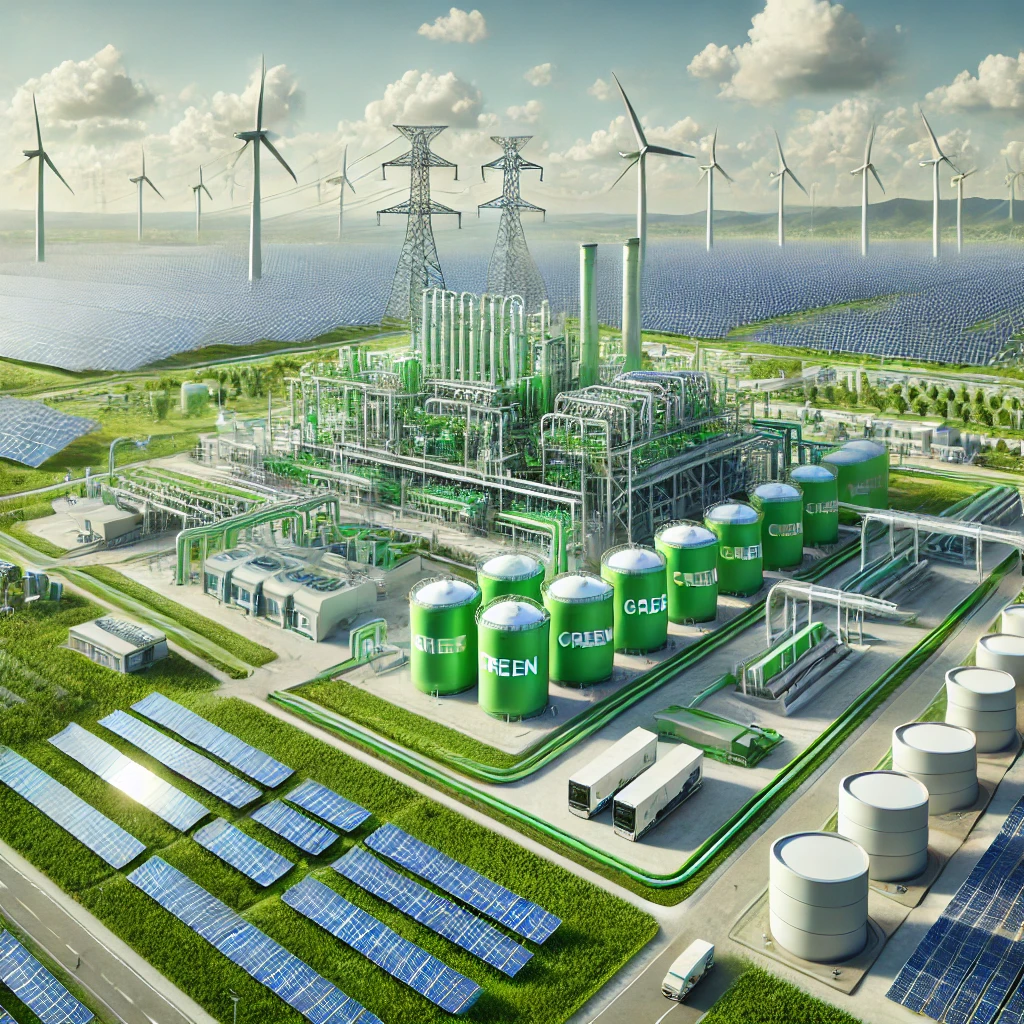The Green Energy Transition in Bangla Desh
In the global race towards renewable energy, Bangladesh stands at a crossroads. The country has made significant strides in expanding its power generation capacity and ensuring access to electricity for its population. However, with its energy mix still heavily reliant on fossil fuels, and the pressure of depleting natural gas reserves, Bangladesh must now chart a new course—one that aligns with global trends and leverages its renewable energy potential to ensure a sustainable future.
Bangladesh’s Renewable Energy Landscape: Current Status and Challenges
Over the past decade, the renewable energy sector has witnessed a dramatic shift worldwide, driven by the urgent need to mitigate climate change and reduce dependency on fossil fuels. Countries like China, India, and Brazil have taken the lead, rapidly increasing their renewable energy capacities. For instance, India has already surpassed its target of achieving 20 GW of solar power by 2022, now boasting an installed capacity of 64 GW. Meanwhile, renewables accounted for 84% of all new power plants globally in 2022.
In contrast, Bangladesh’s progress in renewable energy has been modest. The country’s Renewable Energy Policy of 2008 set an ambitious goal of generating 10% of its electricity from renewable sources by 2020. However, as of 2022, renewable energy contributes only about 3% to the total energy mix, including off-grid solar home systems. This shortfall is concerning, especially given the expected growth in energy demand driven by Bangladesh’s anticipated GDP growth.
The country’s reliance on natural gas and imported fossil fuels like liquefied natural gas (LNG) and coal poses significant risks. Recent global events, such as the Russia-Ukraine war, have highlighted the volatility of the international energy market. Bangladesh’s dependence on imported fuels has led to price fluctuations, inflation, and a growing debt burden. Despite having surplus power generation capacity, Bangladesh has faced challenges in supplying electricity due to the high cost of imported fuel.
The Push for Renewable Energy: Bangladesh’s Strategic Vision
Recognizing these challenges, Bangladesh has begun to reevaluate its energy strategy. In 2021, the government took a significant step by canceling 10 planned coal power plants, signaling a shift away from high-emission energy sources. The draft Integrated Energy and Power Master Plan (IEPMP) now sets a target of 40% clean energy by 2041, highlighting the country’s commitment to a greener future. However, the plan lacks specific targets for renewable energy adoption, and much of the focus remains on unproven technologies like hydrogen and ammonia.
To truly capitalize on its renewable energy potential, Bangladesh must prioritize proven technologies like solar and wind power. The country has vast untapped potential in these areas. Estimates suggest that solar power generation could exceed 20,000 MW if solar panels are installed on industrial rooftops and unused land without affecting agricultural production. Wind energy also shows promise, with Bangladesh’s first wind park at Cox’s Bazar expected to connect to the grid soon, and another project underway in Mongla.
Moreover, the exploration of offshore wind energy through feasibility studies could pave the way for significant future investments in this sector. Success in these initial projects could catalyze a broader expansion of wind energy capacity in the country.
Overcoming Challenges: Technological Innovation and Policy Support
One of the main challenges facing renewable energy in Bangladesh is its variability, particularly in solar and wind energy. These sources are often criticized for their inconsistency, as they depend on natural conditions that can fluctuate throughout the day and across seasons. However, advancements in technology are helping to mitigate these issues. For example, improved energy storage solutions are becoming more affordable and efficient, enabling the capture and storage of solar energy for use when sunlight is not available.
Bangladesh must also focus on enhancing its energy storage capabilities and integrating smart grid technologies to manage the variability of renewable energy sources effectively. This requires coordinated policy support and investment in research and development. The government’s approval of the Mujib Climate Prosperity Plan in 2023, which includes measures for climate mitigation, is a step in the right direction, but more concrete actions are needed to accelerate the transition.
Conclusion: A Call to Action
Bangladesh has already proven that it can bring about transformative change in its development sectors with the right vision and political will. Now, it’s time for the country to make a decisive shift towards renewable energy. By setting ambitious goals, leveraging its solar and wind potential, and adopting cutting-edge technologies, Bangladesh can align itself with global trends and ensure a sustainable, energy-secure future.
The transition to renewable energy is not just an environmental imperative but also a strategic move for economic resilience. As the world moves towards a green energy future, Bangladesh must seize this opportunity to lead by example and build a more sustainable and prosperous nation.







